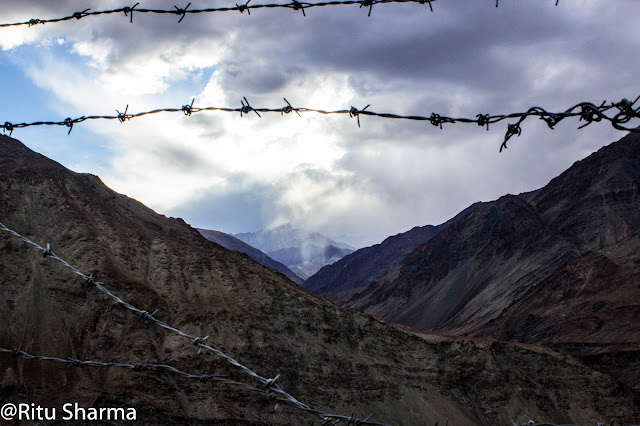The Last of Jarawas in Andamans leaving on handouts
As we drove from this capital of the Andaman and Nicobar
Islands towards the Mayabandar forest reserve, four Jarawa children blocked the
road with bamboo poles and demanded 'paan' (betel leaf) and 'biscut' (biscuits)
in broken Hindi. The tribe with its population now down to 260 is getting
dangerously dependent on handouts.
Aged 12-15, the boys with paan-stained teeth let us move
only when we promised to bring them paan and biscuits the next time. They
refused to be photographed. One said: 'The flash will harm us.'
Inhabitants of a dense rainforest in the Andaman Islands,
the Jarawas have been living for thousands of years as isolated
hunter-gatherers. Anthropologists everywhere were excited when they first made
contact with the outside world in October 1997.
Still, very little is known about the Jarawas -- one of the
four Negrito tribes of the Andamans archipelago -- apart from the fact that
they use rafts, live in oval huts and are excellent swimmers.
The blockade by the Jarawa children may be harmless by
itself but is one of the many problems triggered by the contact of Jarawas with
the outside world. They have become dependent on food handouts and have also
picked up truck-drivers' abuses in Hindi.
In the history of the isle for the first time on Oct 21,
1997, eight Jarawas, four of them women, emerged from the jungle close to the
Lukra Lungta village near Kadamtala in Middle Andaman.
Signalling for food, they pointed to their bellies. They
were fed bananas and coconuts and sent back by villagers who were petrified
lest the Jarawas let loose their arrows. This, however, triggered a regular
arrival of Jarawas to nearby villages.
'They do come to the villages but we give them food and paan
so they do not hurt us,' said a villager who runs a tea stall outside the
reserve forest where the Jarawas live.
One of the drivers, requesting anonymity, told me: 'Of
course people like us and the security guards posted in the reserved forest
area are responsible for their degeneration. Some of them have actually been
taught to hurl abuses and other vices.' Anthropologists and environmentalists
have been pointing out that the problem exacerbated after the Andaman Trunk
Road was built through the reserve forest.
Their white teeth gleaming in their ebony faces, Jarawa
women can now be seen on the roadside, wearing leafy neck and arm sashes, shell
and fruit necklaces, while the men sport tree-bark waist girdles, and usually
carry their swords and bow and arrows.
As their population has dwindled, loggers, settlers and
poachers have pillaged the forests, the environmentalists hold.
The word Jarawa is a term neighbouring tribes use for them.
It means 'the other people'. The other three Negrito tribes -- Great
Andamanese, Onges and Sentinelese -- have merged with the settlers to a far
greater extent.
While anthropologists have so far been unable to decipher
the language of the Jarawas or its origin, the tribesmen have now picked up
Hindi and other languages through their contact with people outside their
forest home.





Comments
Post a Comment